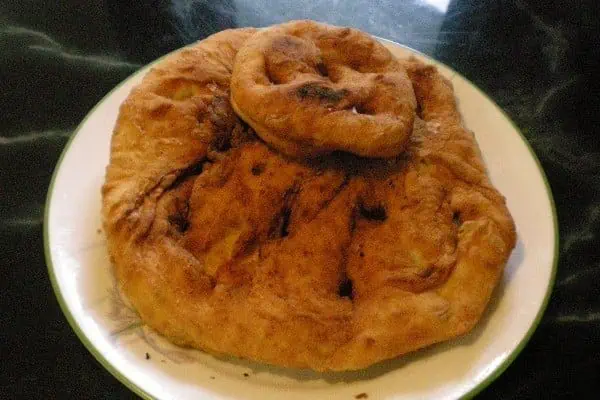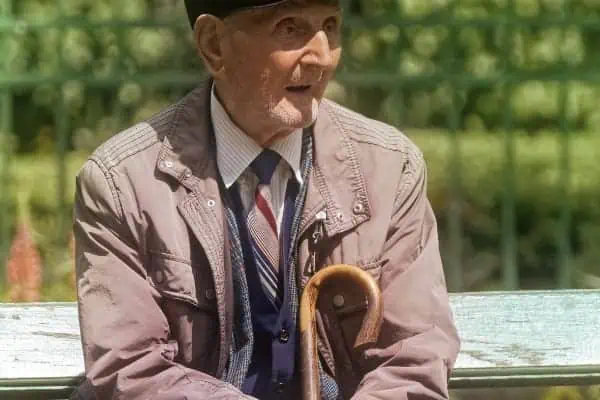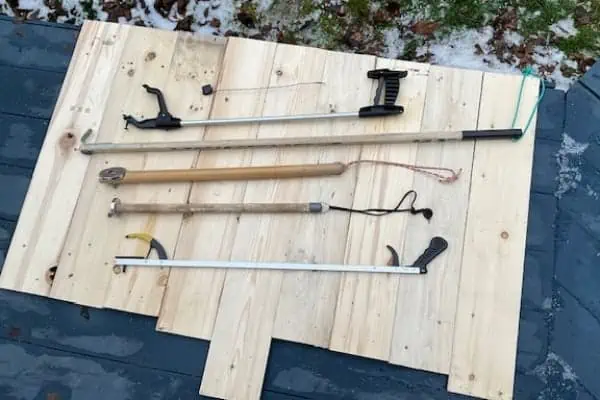Yukon is blessed with many pea-gravel beaches surrounding our lakes. These locations are perfect for pit-cooking. It is a bit of effort to dig out the pit, reduce the fire to coals, prepare the food and arrange it on the fire, but once you’ve done that you can relax.
Food wrapped in good quality foil or in a Dutch oven cooks well in a pit, particularly large items such as a roast, whole fowl or ribs. By layering the items in the pit with meat first, then potatoes and vegetables, the whole meal can be cooked underground.
Heat is retained in the stones/gravel and buried coals in much the same fashion as your home oven. Your buried fire starts off hot and gradually cools, but even without a constant temperature you will end up with a fully cooked meal.
Dig a hole much larger than the size of what you are cooking, remembering that there must be lots of room for the gravel and heat retaining flat stones. Line the pit with flat stones and light a large hot fire in the pit. Keep stoking it for at least an hour to heat up the stones and the surrounding gravel. Spread the coals to cover the bottom and sides of the pit.
Place the Dutch oven or foil-wrapped items in the pit with the items needing the longest cooking at the bottom and completely cover each item with the hot coals. A layer of dirt can be used between the items to minimize scorching.
Cover the coals in the pit with gravel/dirt to a depth of at 6-8 inches. If you want steam, put water soaked burlap on top of the food items before burying or pour a can of water over the covering material.
It takes a bit of experimentation or a lot of luck to come up with the correct cooking time for the first effort but probably three to three-and-a-half hours is a minimum for a medium chicken, a roast, or ribs. You can take it out to check for doneness and re-insert, if necessary.
The first effort will give you the a cooking time gauge for subsequent efforts.
If you are cooking a number of packages, it’s important to distinctly shape them or mark them so you can identify them as longer cooking items or when you think it’s time to take them out.
Try olive oil and oyster sauce on potatoes, and olive oil and cinnamon on carrots.




